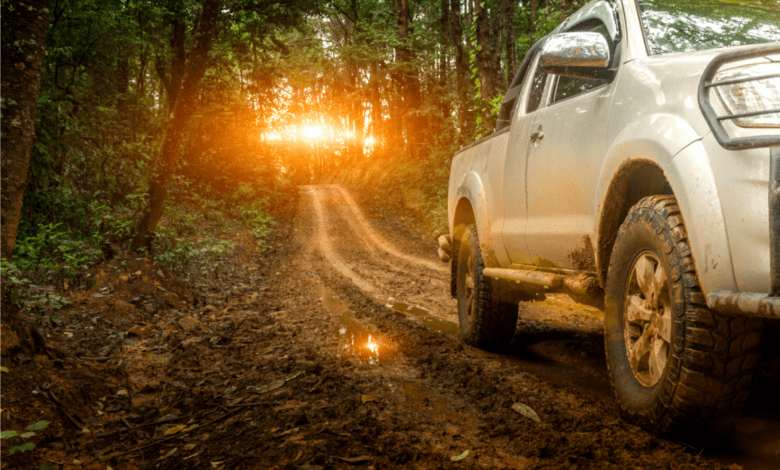What You Can Do if Your Car is Damaged on A Hunting Trip

The backwoods are a lonely place. For one in 20 Americans, they offer an excellent opportunity to enjoy the solitude of nature while they hunt. According to the U.S. Fish and Wildlife Service, more than 4 million people in the United States consider hunting one of their pastimes.
A significant challenge for hunters is access. Millions of acres of public land are available to hunt, but they’re often in the wildest terrain the nation has to offer. Trucks and off-road vehicles are popular, yet plenty of hunters take their family cars to enjoy the sport. Pounding across logging roads and rough-cut trails can leave their vehicles in rough shape. In some cases, physical damage to a car can leave it unsafe to drive.
You May Not Be Covered by Insurance
If your car is damaged while you’re hunting, your car insurance policy might not cover it. Sustaining damage while operating a vehicle somewhere other than on maintained roadways could exclude you from having repairs paid for by your insurer. That’s not something hunters often consider before driving off-road.
Not only could you be on the hook for repairs, but you may be responsible for getting your car to the tow shop as well. If you break down, the cost of a tow truck to haul you home is an expense most people don’t expect.
Options for Damaged Cars
Damage while hunting can include scratches and dents, cracked bumpers, broken suspensions, wrecked drivetrain components and even frame damage. The first step to fixing your car is getting it home. The next is figuring out what your options.
Getting Your Car Home
Your AAA plan probably doesn’t help you if you’re miles from the nearest road, paved or otherwise. Retrieval services are offered by many major tow companies. They’ll use heavy-duty trucks or ORVs equipped with winches and specialty gear to get you to a road so you can use your AAA membership to get it home if it’s undriveable.
If you don’t have a membership for AAA, check your credit card benefits. Many cards offer roadside assistance as a free benefit, although limitations may apply.
File a Claim
Contact your insurer to ask about your eligibility to file a claim for your situation. It doesn’t pay to hide the details as appraisers are well-trained to discover the root cause of any damage. For instance, there’s probably still brush and tall grass stuck in the undercarriage. If your policy will cover you, start the claims process and get the damage appraised.
Should the damage be less than your deductible, you can still choose to pay on your own. Be aware that there may be other costs involved like increased insurance premiums or higher deductibles in the future.
Repair and Upgrade Your Vehicle
If your insurer will cover the repairs you sustained to your car while hunting, you can restore the car back to the original condition it was in. If you aren’t covered, the repairs will be at your own expense. Common mechanical damage you can expect includes broken tie rods, shock absorbers or struts, broken drive shafts or u-joints, snapped axles and damaged wheel hubs. That’s in addition to things like sheet metal wrinkles or a bent subframe.
If this is a vehicle you intend to use for hunting or off-roading again after the repairs are done, it wouldn’t make sense to restore the car back to its original stock condition. That would leave you vulnerable to developing the same problems in the future. While repairing the damage, take the opportunity to upgrade to heavy-duty components that can withstand the abuse you’ll put it through.
Install off-road shocks and choose high-grade suspension and steering components if it’s a truck or SUV that you own. A suspension or body lift could ensure you have clearance next time you go off-roading, minimizing the risk of damage to your vehicle. If your repairs are covered by insurance, you may have the option to pay the difference between OEM parts and upgraded aftermarket parts.
Replace Your Car
Major damage to your vehicle might make it unsafe or too expensive to repair. If that’s the case, you could soon find yourself in the market for another vehicle. Take a defensive driving course to help you understand vehicles and make an informed decision.
Find an option to sell your vehicle as-is. Services like CarBrain are an excellent way to get as much money out of a damaged car as possible. Then, when you purchase a different vehicle, ensure you’re buying something that can withstand the rigors of the backcountry. As you’re probably aware, pickup trucks and body-on-frame SUVs are best suited to this type of use.
